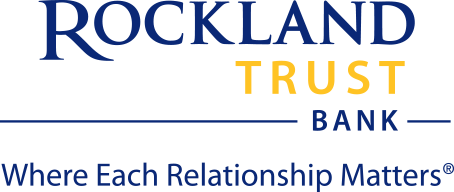What’s the Difference?
In the alphabet soup of lending lingo, APR — annual percentage rate — is one of the more common terms. When you apply for a loan, mortgage or obtain a credit card, you will be quoted both an interest rate and an APR. It's important to know the difference so you can make smart decisions when it's time to apply for credit.
About Interest
The interest rate is the simple cost of borrowing money, indicated as a percentage of the loan amount. When you take out a loan, you agree to repay the principal amount (the amount you borrowed) plus interest.
With most loans and credit cards, each payment you make is applied partly to the principal and partly to the interest charge until the principal is repaid. With an interest-only loan, you pay only the interest charge on the loan each repayment period until the end of the loan term, at which time the entire principal amount is due.
About APR
The APR is the yearly cost of credit, and it may include fees, points and other loan costs as well as interest. The APR resulted from the federal government’s Truth in Lending Act, passed in 1968. The APR provides a way for consumers to understand the real cost of credit and make an apples-to-apples comparison of rates from different financial institutions.
How they’re used
The interest rate and APR may be used differently depending on the type of loans. Here are some common examples:
1. Credit cards:
With many credit cards, the APR is quoted for the year. However there may also be a “daily periodic rate” that is calculated by dividing the APR by the number of days in the year (e.g., 9.9 percent/365 = 0.027). The issuer may multiply the outstanding balance each day by the daily periodic rate to determine that month’s interest charge.
If the APR is variable — as it is on many credit cards — it may change based on overall changes in interest rates and/or your personal credit history.
Tip: With most cards, if you pay off the entire balance each month you will not owe interest. Read your credit card agreement to learn about how and when your APR may change, as well as all fees and potential penalties.
2. Mortgage loans:With a fixed-rate mortgage loan, the
interest rate and APR are quoted for the entire term of the loan. For example, if the interest rate on a 30-year
fixed-rate mortgage is 4.0 percent and the APR is 4.10 percent, those rates are constant for the entire 30 years
1.
With an
adjustable-rate mortgage (ARM), there is an interest rate and APR quoted for a specified period, but the rates will adjust based on an index used by the lender. For example, a 3/1 ARM will have a fixed interest rate and APR for the first three years. After that, the APR can adjust up or down every year. There are usually annual and lifetime caps on ARMs.
You can learn more about fixed rate mortgages, adjustable-rate mortgages, and other loan options available at Rockland Trust
here.
What about APY?
Don’t confuse APR with APY (annual percentage yield). APR is a loan term. APY is quoted along with interest rates to more accurately represent the yield on savings because it includes compounding (how often the interest rate is applied to the balance).
1. Rates shown are for example only and do not represent an actual mortgage loan rate.




